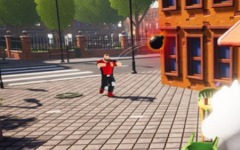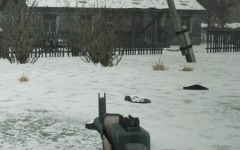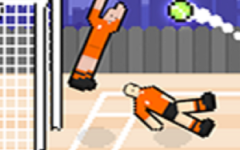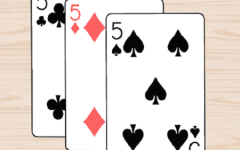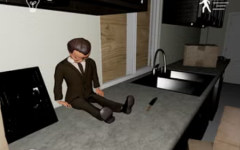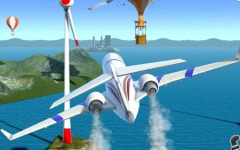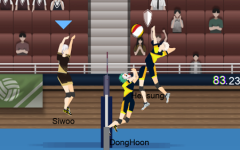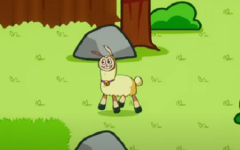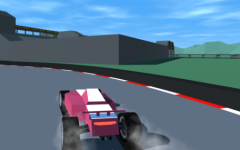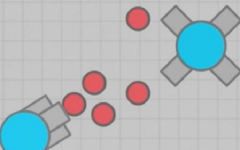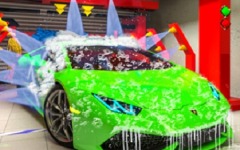Advertisement
RV There Yet
Advertisement
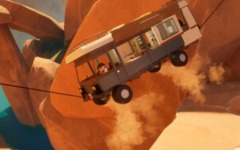
RV There Yet is a cooperative simulation built around collective control of a single vehicle. The players share responsibility for one RV that must cross a rough and unpredictable landscape. The setting is a deep valley filled with uneven surfaces, slopes, and obstacles that constantly disrupt movement. The group’s objective is to navigate safely back to the main road while maintaining the vehicle’s stability and functionality. The experience focuses on shared timing, control, and adaptation within a reactive environment.
Control Systems and Cooperation
Each player contributes to a separate part of the vehicle’s function. The driver handles steering and power, while others attach or manage winches, stabilize the RV, and monitor supplies. Because every surface behaves differently, progress depends on real-time adjustments rather than memorized paths. The winch system connects the vehicle to anchor points, letting players pull it across gaps or recover from slides. Success requires continuous coordination, as tension or misalignment in one system can cause total loss of control.
Gameplay Framework
A typical session of RV There Yet follows a structured cycle:
- Organize the crew and assign operational roles.
- Enter the valley and assess terrain conditions.
- Combine driving and winching to move through obstacles.
- Track resources such as energy, repair tools, and route progress.
- Complete the climb to the exit road and finish the route.
Each phase builds on the last, ensuring that every decision in the pit directly influences the next stage of movement.
Team Management and Problem Solving
The core challenge lies in understanding how mechanical actions affect the environment. Pushing the RV too hard can shift its center of gravity and cause a rollover. Overusing the winch can snap cables or destabilize the anchor. Players must observe, communicate, and react to physical feedback from the terrain. The slow pace emphasizes problem solving—identifying angles, choosing attachment points, and balancing vehicle weight. Each run becomes a record of how well the group adapts to failure and pressure.
Design Philosophy and Execution
Developed by Nuggets Entertainment, RV There Yet focuses on the precision of group mechanics rather than individual skill. It uses physical consistency as a foundation for challenge, showing how cooperation can replace competition as the driving force of gameplay. The structure allows each session to become an exercise in timing and patience, where success depends not on reflex but on understanding shared movement within an unsteady environment.























































































































